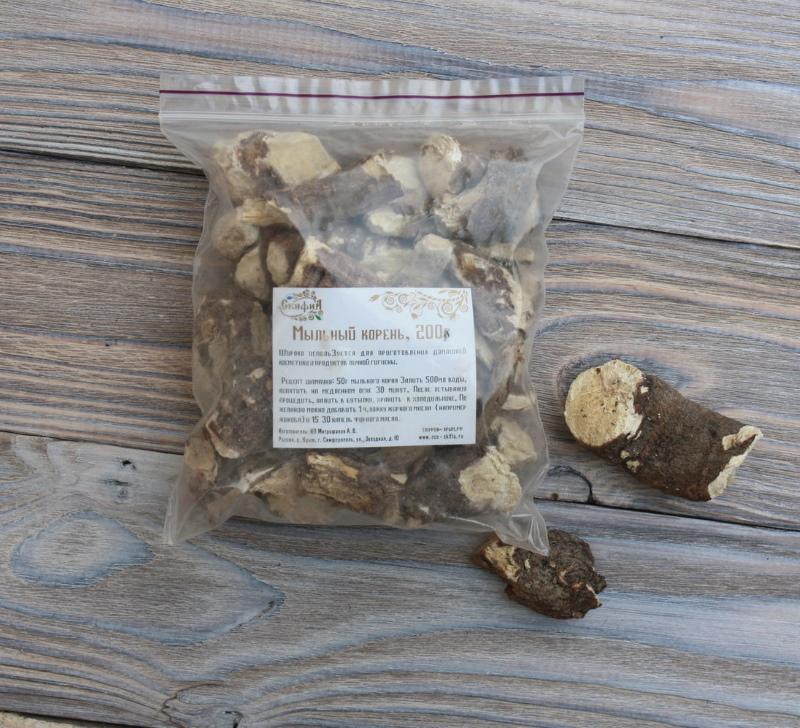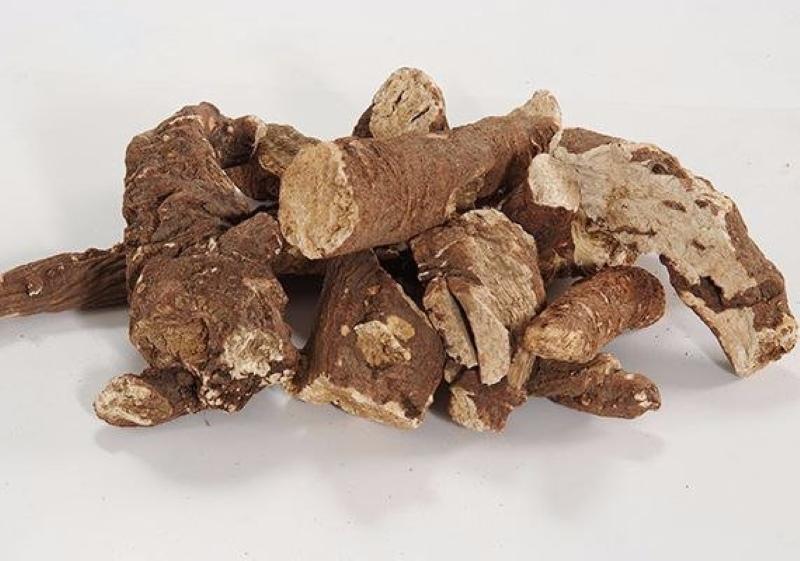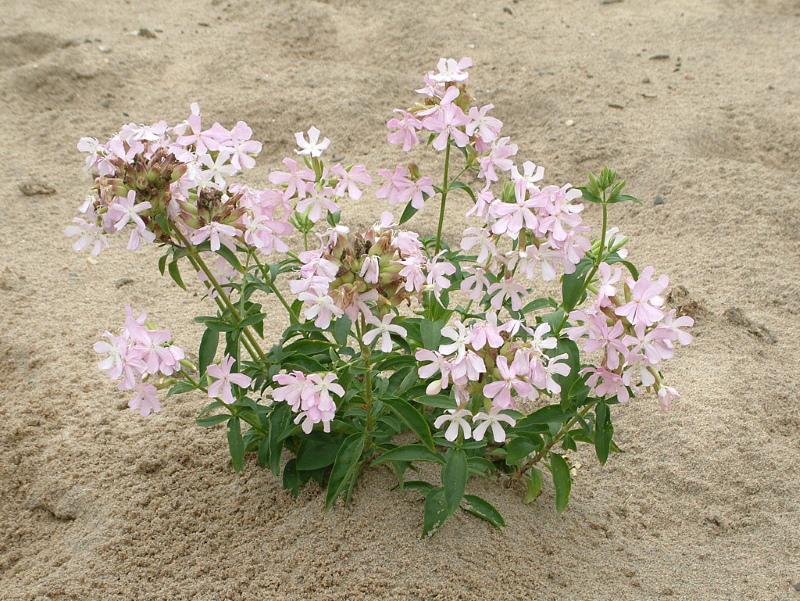Such a universal soap root - what it is and where is it used
 In ancient times, when hygiene products were not yet invented, our ancestors used for this purpose what grows literally under our feet. After all, they knew about the existence of such a plant as soap root, what it is, how and where it can be applied. The methods proven in practice are still used today. Soap root has found its application not only in cosmetology, but also in folk medicine and even in cooking. What is culture, and what is the relationship between soap, plants, medicine and food?
In ancient times, when hygiene products were not yet invented, our ancestors used for this purpose what grows literally under our feet. After all, they knew about the existence of such a plant as soap root, what it is, how and where it can be applied. The methods proven in practice are still used today. Soap root has found its application not only in cosmetology, but also in folk medicine and even in cooking. What is culture, and what is the relationship between soap, plants, medicine and food?
Soap root - what is it

In addition, soap root has good emulsifying properties, and it also irritates mucous membranes. Means based on soap root have a therapeutic effect, but they should be used with caution due to their high toxicity.
What plants are soap root extracted from?
Plants from the clove family are richest in saponins, for example:
- Soapy medicinal. Herbaceous perennial up to 1 m high with a developed horizontal root system. Stems are erect, flowers are very fragrant, pale pink, collected in corymbose inflorescences.

- We swing the paniculata (aka tumbleweed). A spherical bush with an average height of about 80 cm with a tap root system. The stems branch strongly, and after the seeds ripen, they break off at the very ground, and the plant is carried by the wind from place to place. White small flowers form a spreading panicle.

- Glandular thistle. Strongly branched hemispherical bush with thorny pointed leaves. Plant height does not exceed 20 cm, blooms with lush rounded inflorescences of pink small flowers.

For medicinal use, soap root is most often obtained from soapwort. It contains the most nutrients and saponins.
Where is soap root used?
The "foaming" properties of plants of the clove family have found their application in various fields. First of all, they are used in the manufacture of cosmetics: soaps, shampoos, lotions. The root is also present in powders and other laundry detergents, especially delicate items, as well as for washing dishes.
Emulsifying properties have come in handy in the field of cooking. Extract soap root is added to sweets, most often oriental, such as halva or Turkish delight.They help to combine the seed paste and sugar syrup, which is only possible during the foaming process. For the same purposes, the extract is added to carbonated drinks, beer, cream.
And the most valuable soap root, in particular, obtained from soapwort, in folk medicine. Decoctions and infusions are made from it, which are effective for diseases of the respiratory system and skin.